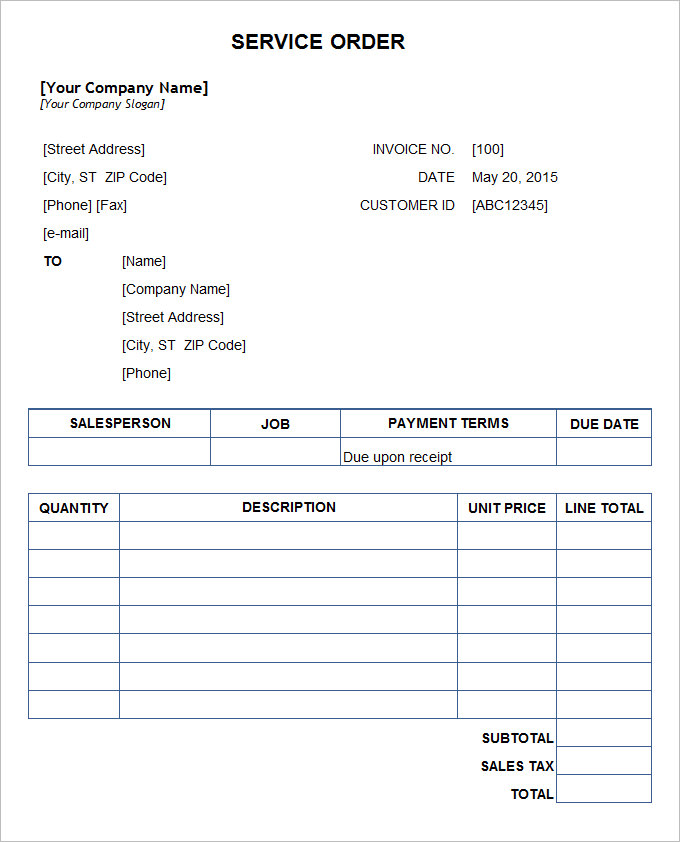
In the world of business, efficiency is key. One way to ensure smooth operations and excellent customer service is by using service orders. These documents are essential for tracking services provided, communicating with customers, and keeping your business organized.
In this comprehensive guide, we will explore everything you need to know about service orders, from what they are to how to use them effectively.
What is a Service Order?
A service order is a document used by businesses to record details of services provided to customers. It typically includes information such as the customer’s name, contact details, service requested, date of service, cost, and any additional notes. This document serves as a record of the transaction and helps both the business and the customer keep track of the services provided.
Why Use Service Orders?
There are several benefits to using service orders in your business. Some of the key reasons include:
– Organization: Service orders help keep track of all services provided, making it easier to manage tasks and schedules.
– Communication: These documents serve as a clear record of the services requested and provided, helping to avoid misunderstandings with customers.
– Professionalism: Providing customers with a detailed service order shows that you are organized and value their business.
– Legal Protection: In case of disputes or misunderstandings, having a written record of the services provided can protect your business legally.
How to Create a Service Order
Creating a service order is simple and can be customized to fit your business needs. Here are the basic steps to create a service order:
1. Choose a Template: There are many online templates available for service orders. Choose one that fits your business style and needs.
2. Add Your Business Information: Include your company name, logo, address, and contact information on the service order.
3. Customer Details: Leave space to input the customer’s name, contact information, and any specific details relevant to the service.
4. Service Description: Clearly outline the service requested by the customer, including any specific instructions or requirements.
5. Cost and Payment Information: Include the total cost of the service, any taxes or fees, payment terms, and due date.
6. Terms and Conditions: Consider adding a section outlining your business’s terms and conditions, such as cancellation policies or warranties.
7. Additional Notes: Leave space for any additional notes or comments related to the service provided.
Examples of Service Orders
To give you a better idea of what a service order looks like, here are a few examples:
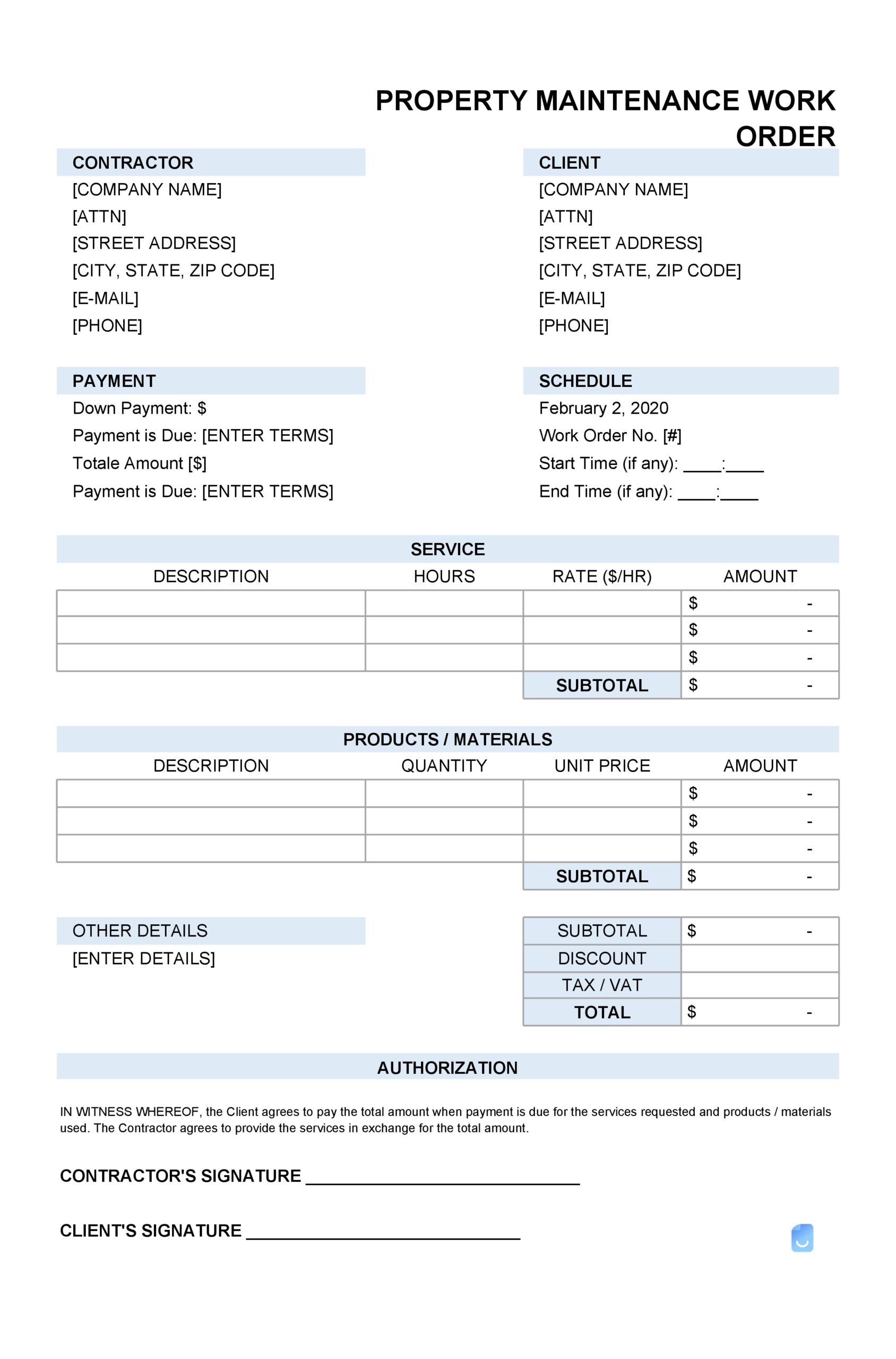
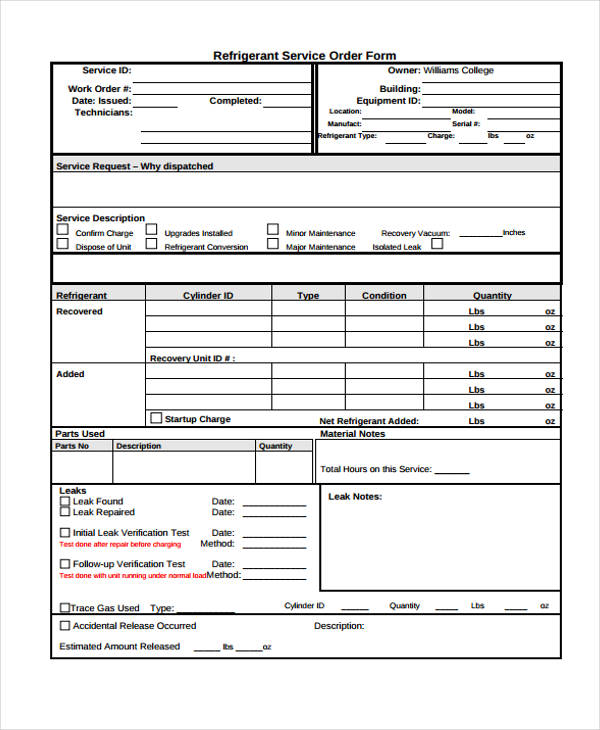
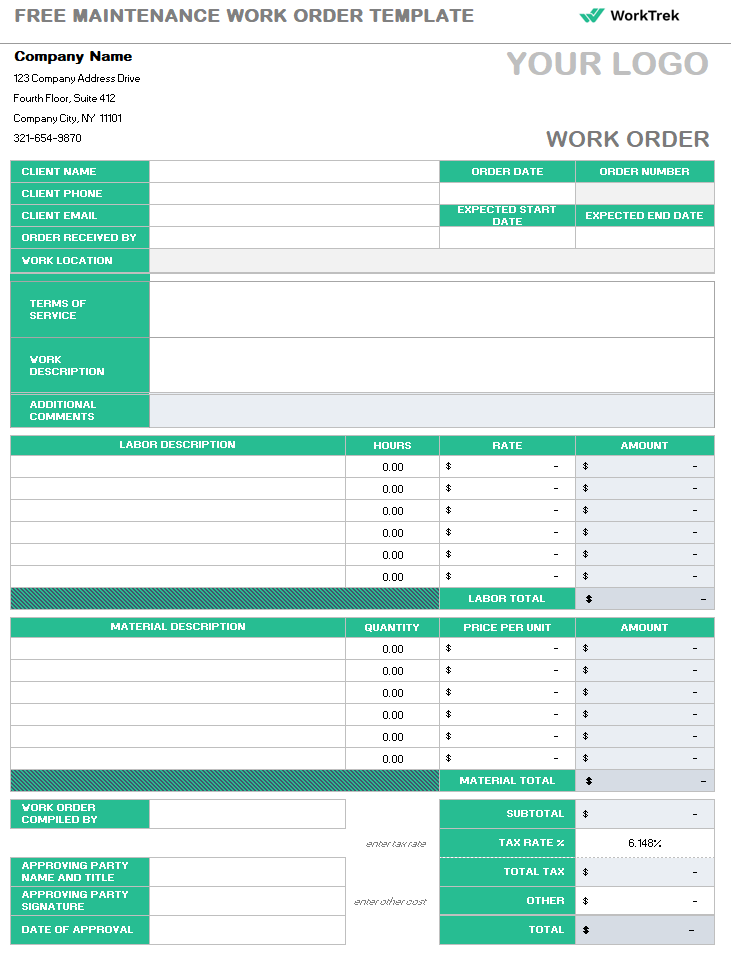
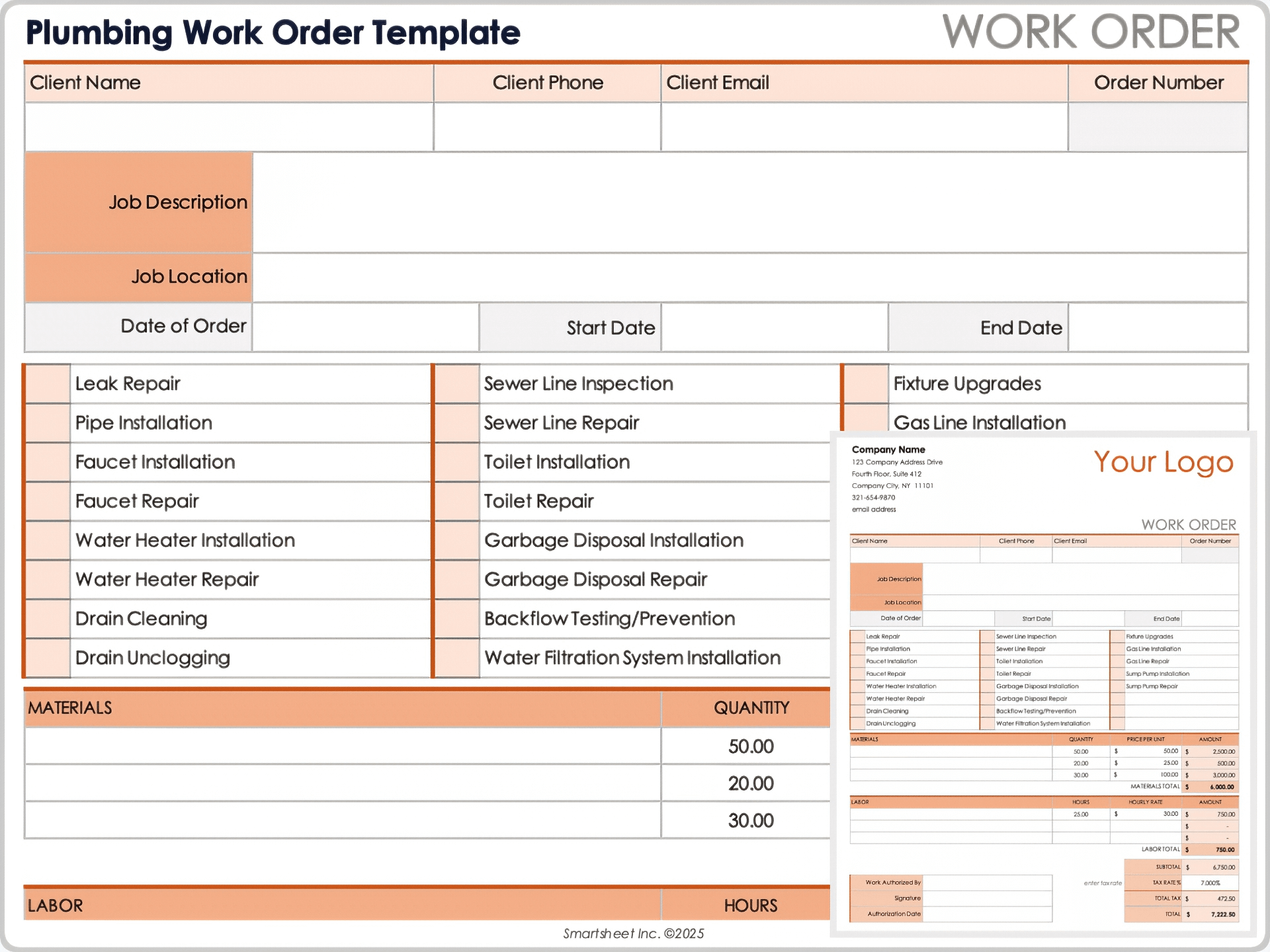
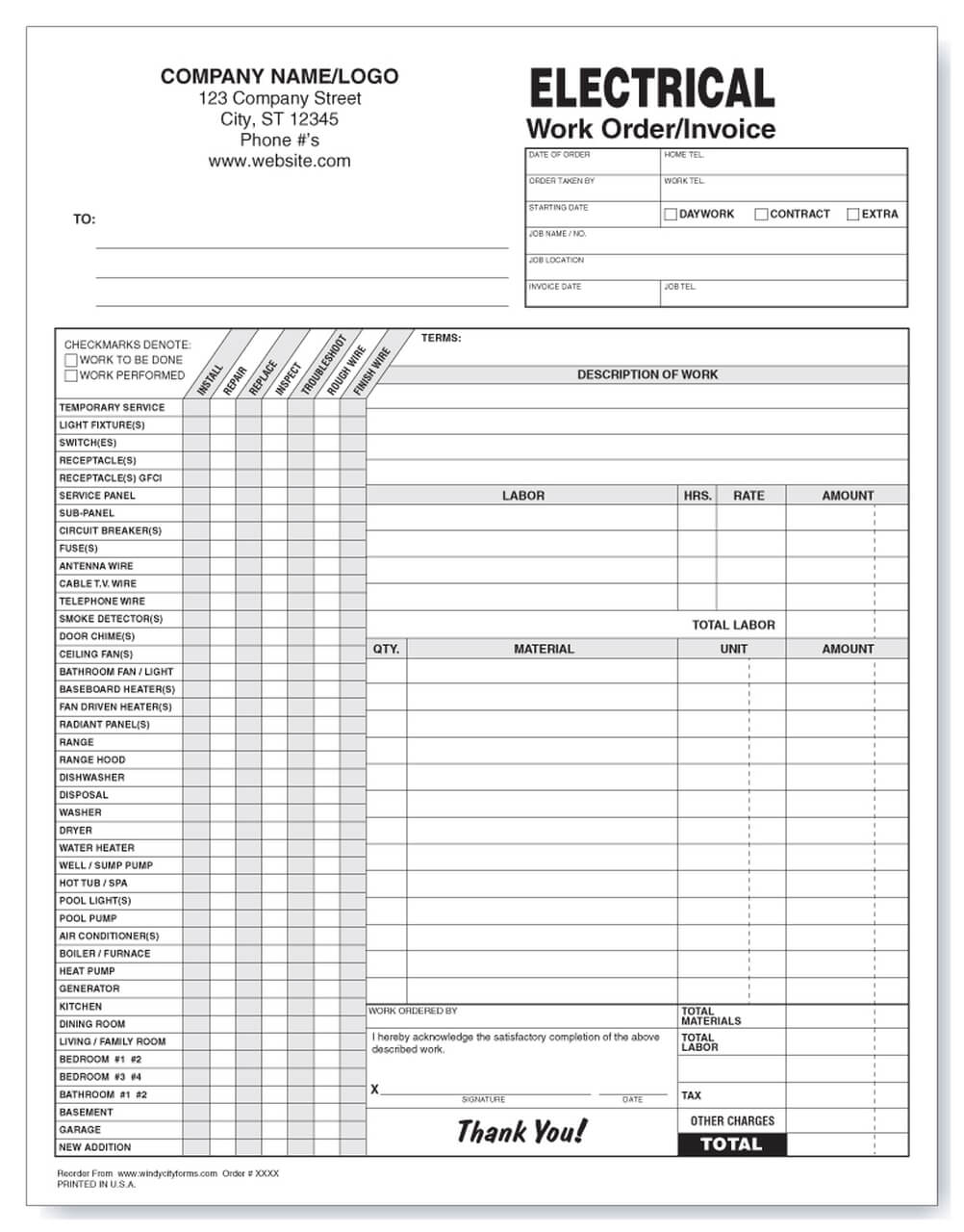
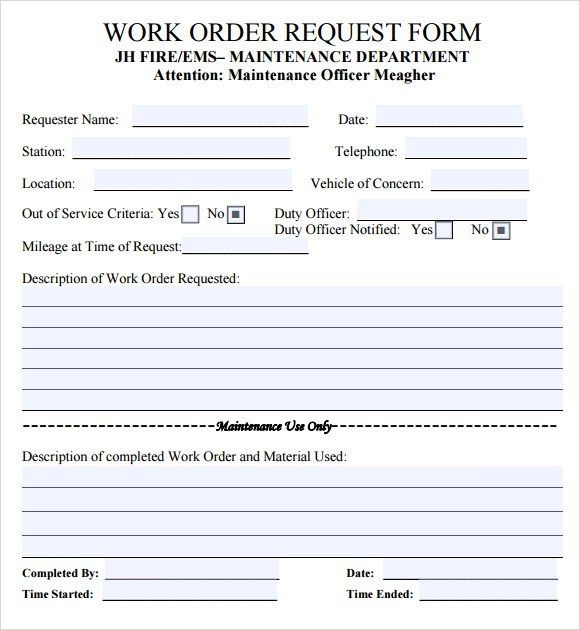
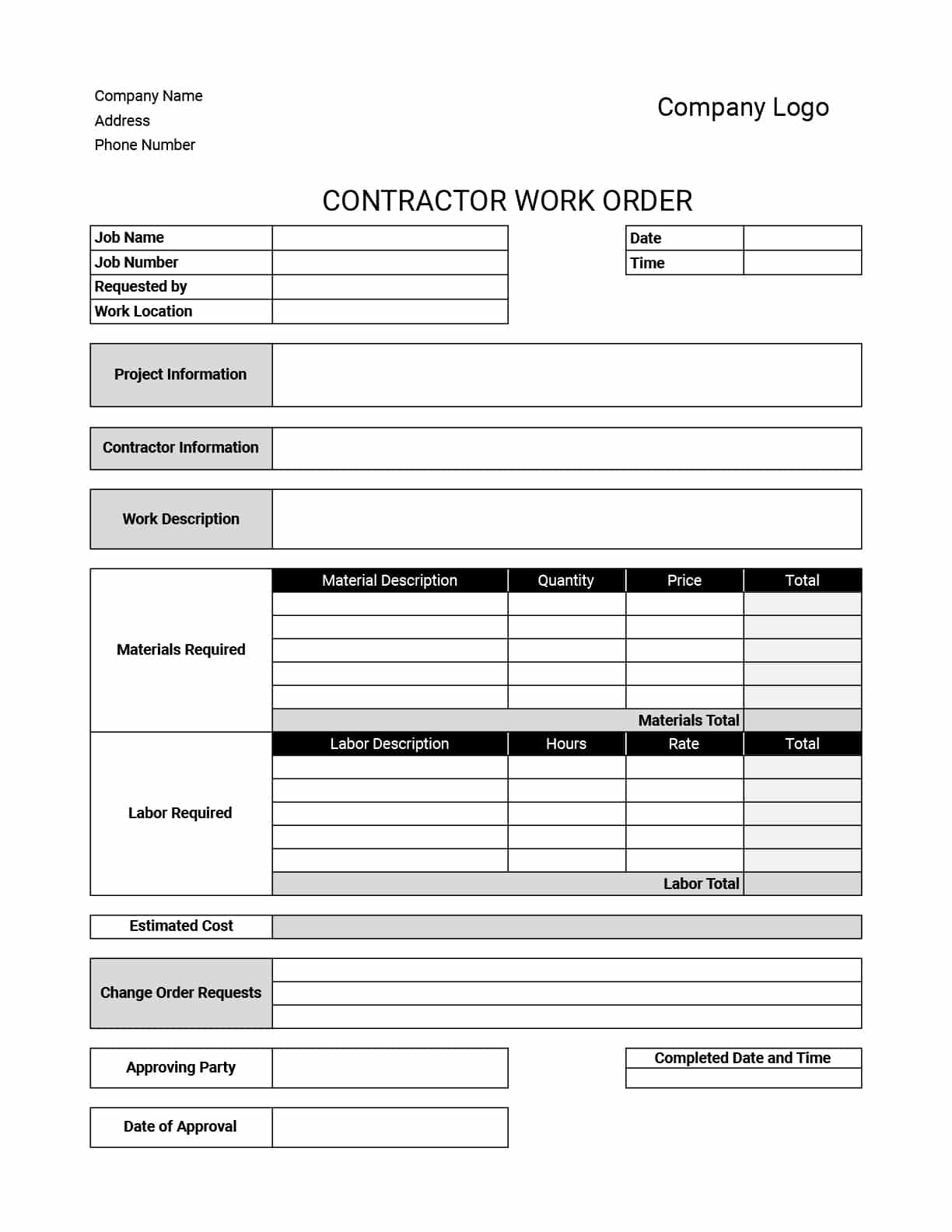
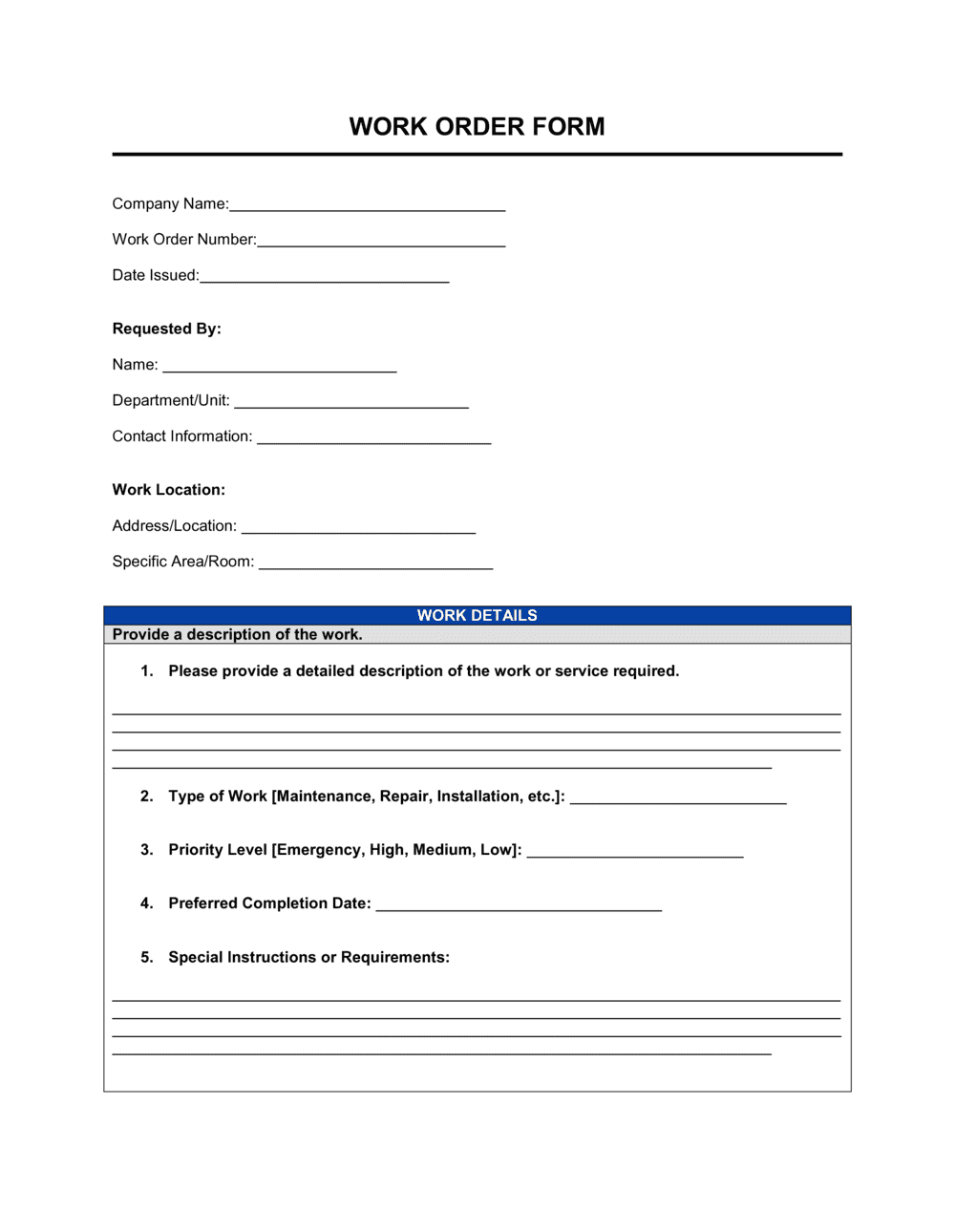
Tips for Successful Service Orders
To make the most of your service orders, consider the following tips:
– Be Detailed: Include as much information as possible to avoid misunderstandings.
– Use Clear Language: Keep the language simple and easy to understand for customers.
– Stay Organized: Keep a digital or physical copy of each service order for your records.
– Customize Templates: Tailor your service order template to fit your business needs and branding.
– Review Before Sending: Double-check all information on the service order before providing it to the customer.
– Follow Up: After providing the service, follow up with the customer to ensure satisfaction and address any concerns.
In conclusion, service orders are a valuable tool for businesses looking to improve organization, communication, and customer service. By following the tips and guidelines outlined in this guide, you can create effective and professional service orders that benefit both your business and your customers.
Service Order Template – Download